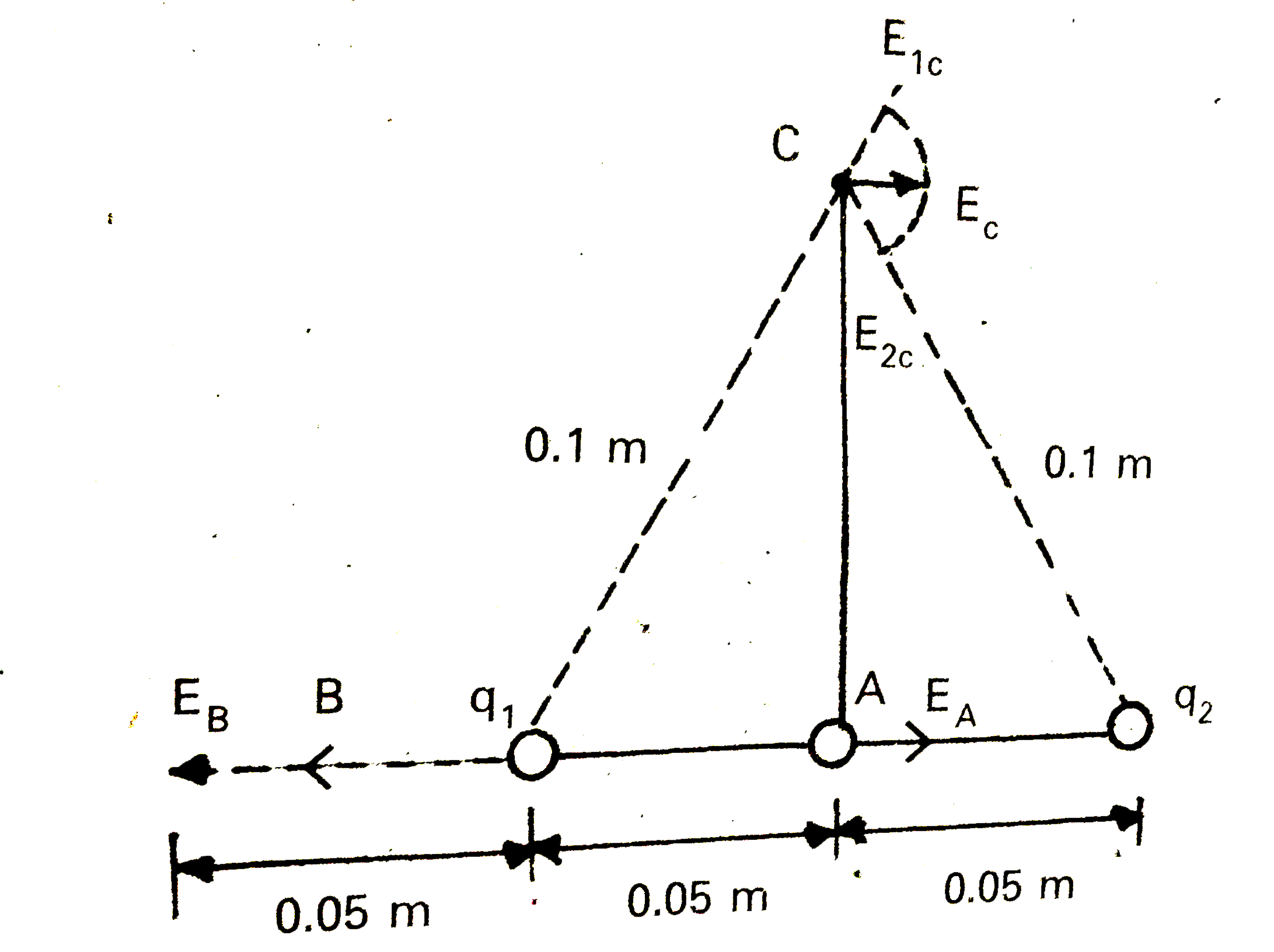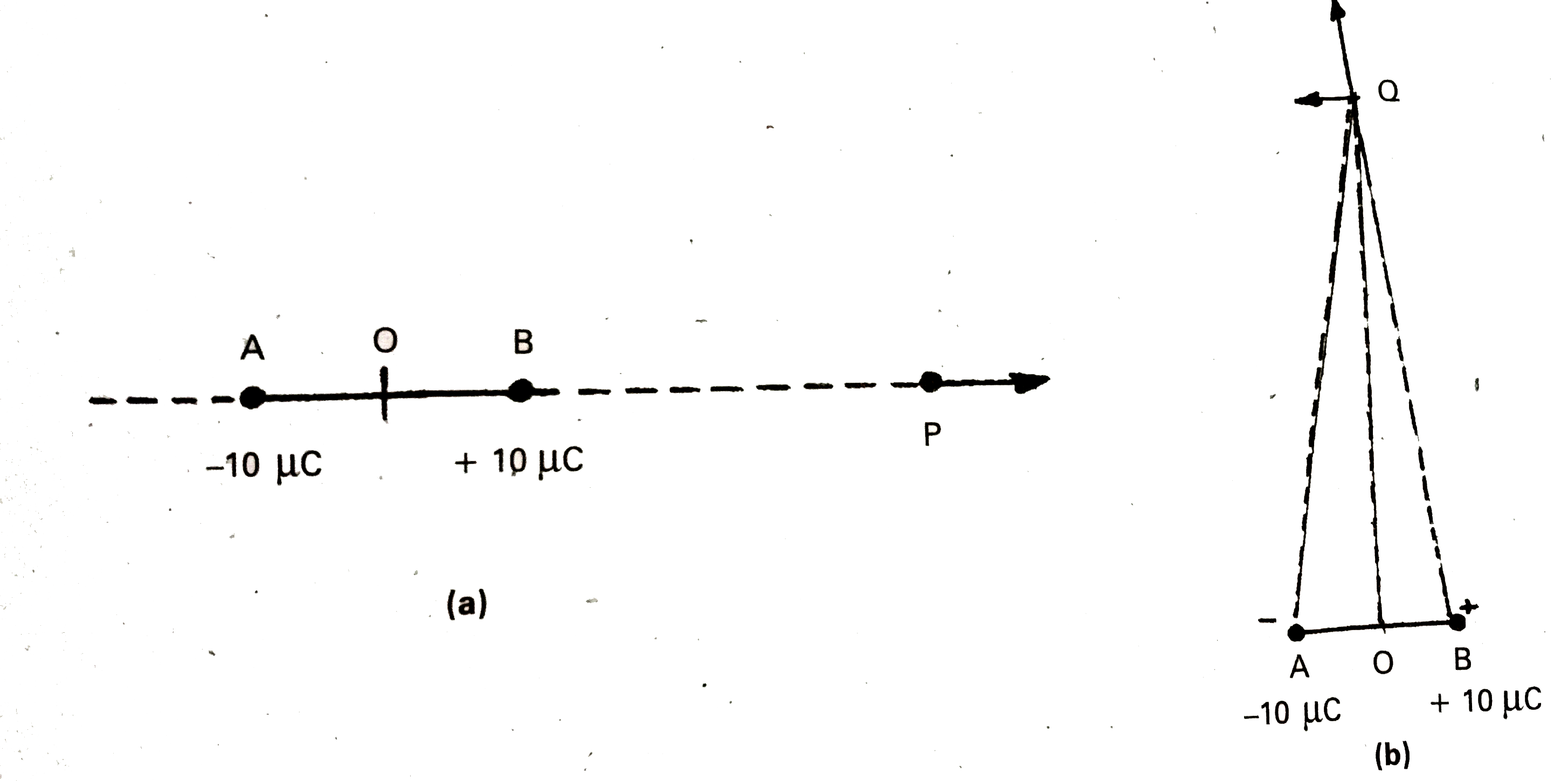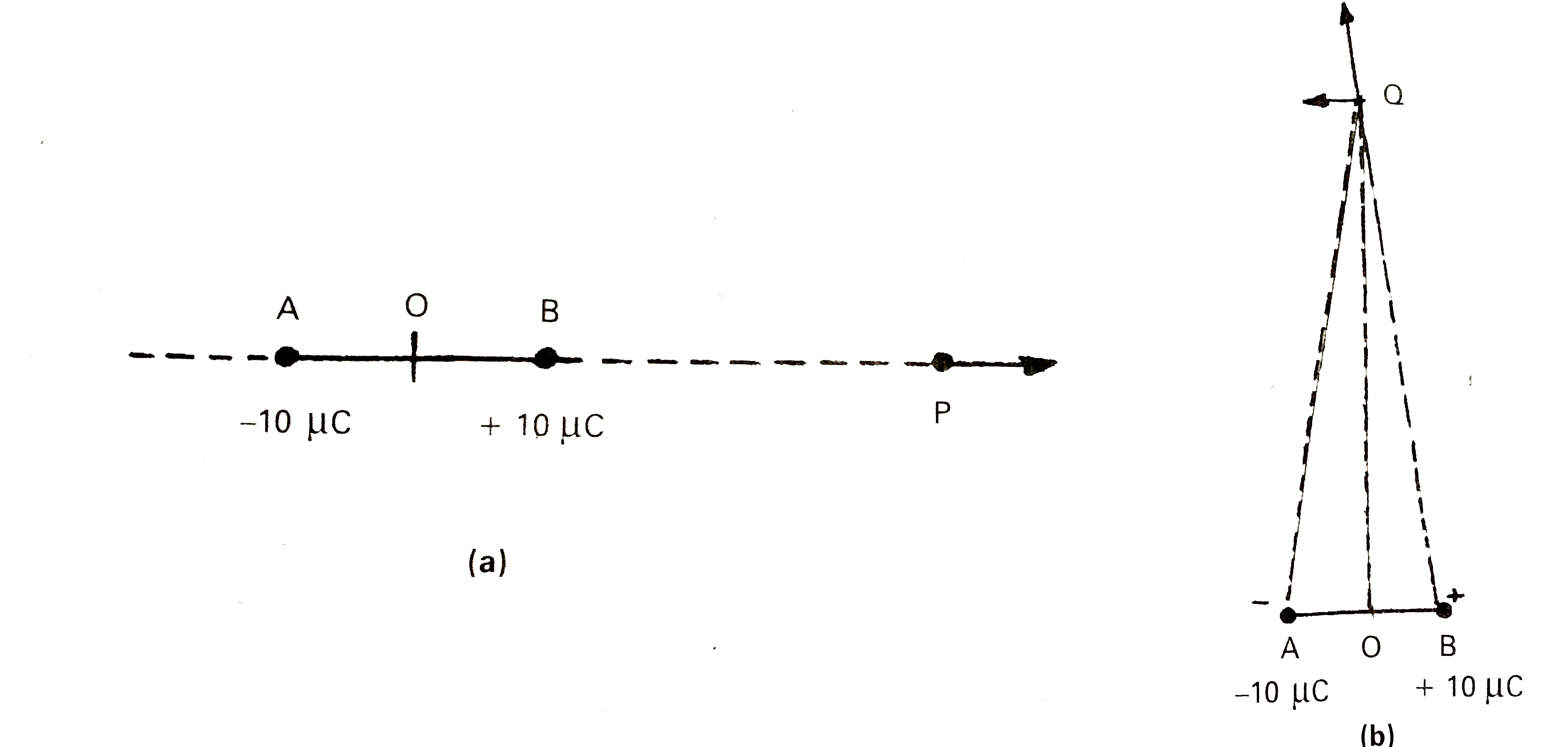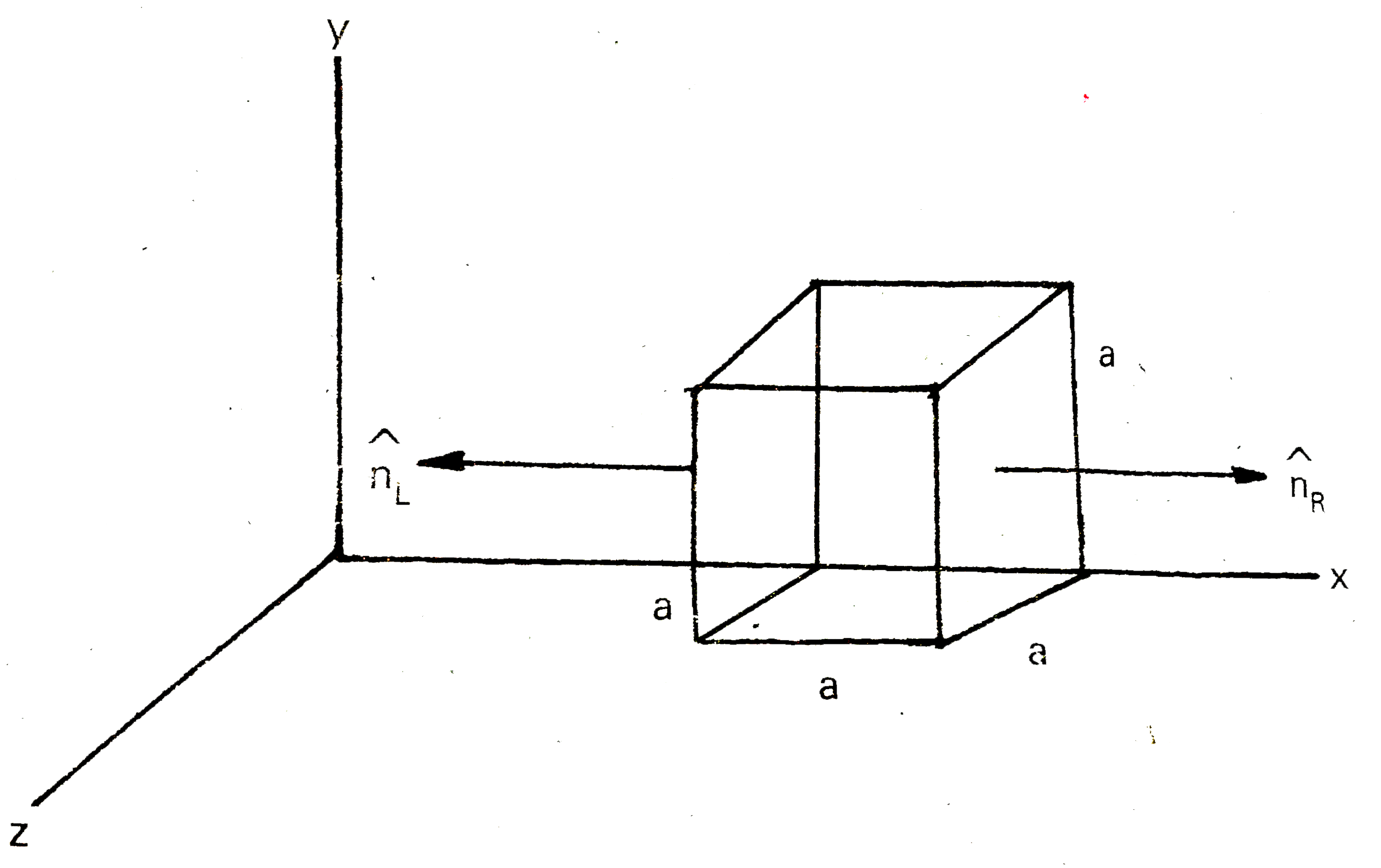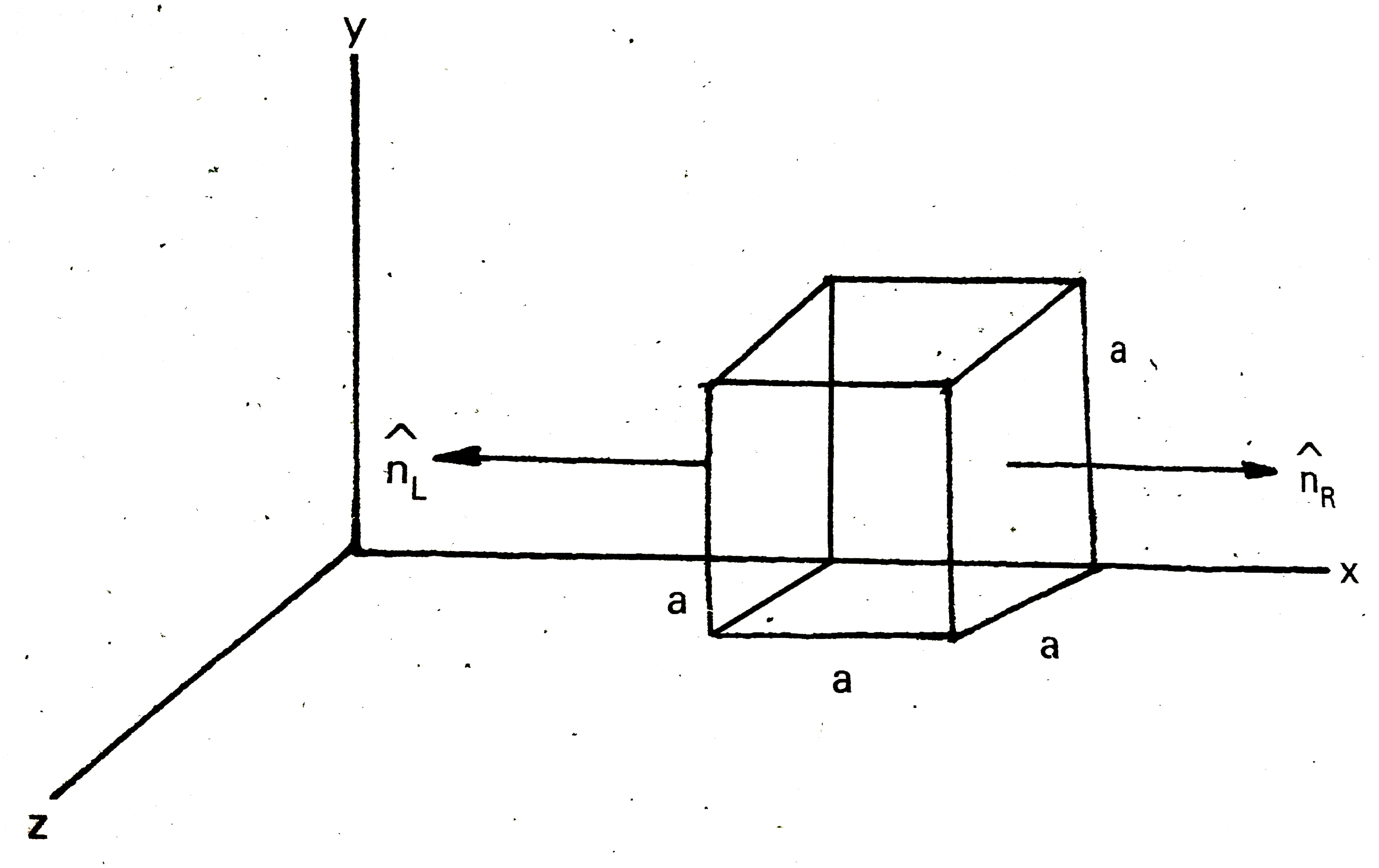TEXTUAL EXAMPLES from VIKRAM PUBLICATION ( ANDHRA PUBLICATION) ELECTRIC CHARGES AND FIELDS for Class 12
| Class 12 | PHYSICS |
| Chapter | ELECTRIC CHARGES AND FIELDS |
| VIKRAM PUBLICATION ( ANDHRA PUBLICATION) | TEXTUAL EXAMPLES |
| Medium | English |
| Academic Year | 2023-2024 |
Question 4
Coulomb's law for electrostatic force between two point charges and Newton's law for gravitational force between two stationary point masses, both have inverse-square dependence on the distance between the charges/masses. Compare the strength of these forces by determining the ratio of their magnitudes (i) for an electron and a proton and (ii) for two protonsView SolutionQuestion 5
Coulomb's law for electrostatic force between two point charges and Newton's law for gravitational force between two stationary point masses, both have inverse-square dependence on the distance between the charges/masses. Estimate the accelerations of electron and proton due to the electrical force of their mutual attraction when they are 1Å(=10−10m) apart?
(mp=1.67×10−27kg,m3=9.11×10−31kg).View SolutionQuestion 6
A charged metalic sphere A is suspended by a nylon thread. Another charged metallic sphere B held by an insulating handle is brought close to A such that the distance between their centres is 10 cm, as shown in Fig. (a). The resulting repulsion of A is noted (for example, by shining a beam of light and measuring the deflection of its shadow on a screen). Spheres A and B are touched by uncharged spheres C and D respectively, as shown in Fig. (b). C and D are then removed and B is brought closer to A to distance of 5.0 cm between their centres, as shown in Fig. (c). what is the expected repulsion of A on the basis of Coulomb's law? Spheres A and C and spheres B and D have identical sizes. Ignore the size of A and B in comparison to the separation between their centres.
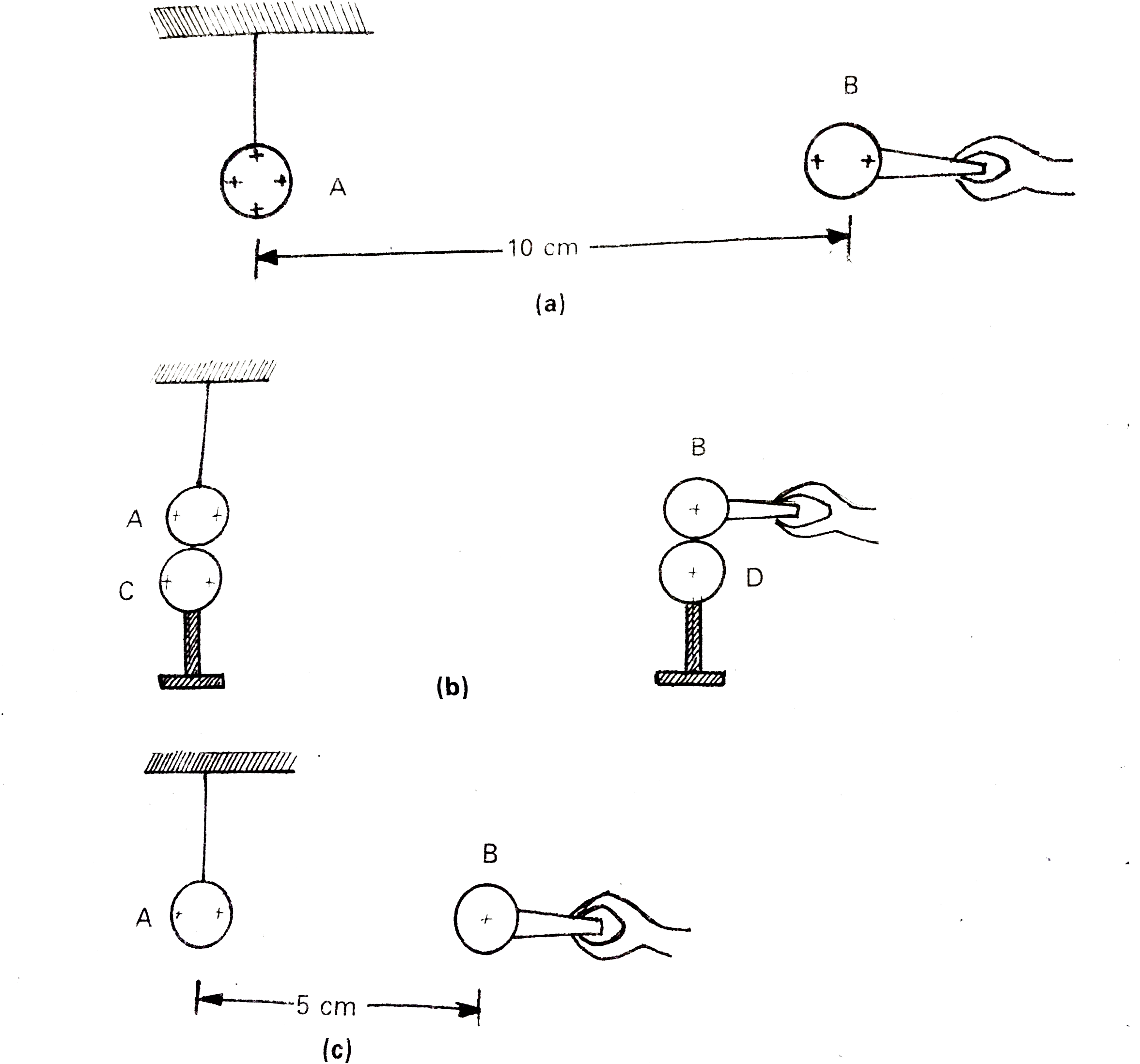 View Solution
View SolutionQuestion 9
An electron falls through a distance of 1.5 cm in a uniform electric field of magnitude 2.0×104NC−1. The direction of the field is reversed keeping its magnitude unchanged and a proton falls through the same distance. Compute the time of fall in each case. Contrast the situation with that of 'free fall under gravity'.
 View Solution
View SolutionQuestion 15
An electric field is uniform and in the positive x direction for positive x and uniform with the same magnitude but in the negative x direction for negative x. It is given that E=200ˆiN/C for x>0 and E=−200ˆiN/C for x<0. A right circular cylinder of length 20 cm and radius 5 cm has its centre at the origin and its axis along the x-axis so that one face is at x=+10 cm and the other is at x=−10 cm
What is the net outward flux through each flat face?View SolutionQuestion 16
An electric field is uniform and in the positive x direction for positive x and uniform with the same magnitude but in the negative x direction for negative x. It is given that E=200ˆiN/C for x>0 and E=−200ˆiN/C for x<0. A right circular cylinder of length 20 cm and radius 5 cm has its centre at the origin and its axis along the x-axis so that one face is at x=+10 cm and the other is at x=−10 cm
What is the flux through the side of the cylinder?View SolutionQuestion 17
An electric field is uniform and in the positive x direction for positive x and uniform with the same magnitude but in the negative x direction for negative x. It is given that E=200ˆiN/C for x>0 and E=−200ˆiN/C for x<0. A right circular cylinder of length 20 cm and radius 5 cm has its centre at the origin and its axis along the x-axis so that one face is at x=+10 cm and the other is at x=−10 cm
What is the net outward flux through the xylinder? View SolutionQuestion 18
An electric field is uniform and in the positive x direction for positive x and uniform with the same magnitude but in the negative x direction for negative x. It is given that E=200ˆiN/C for x>0 and E=−200ˆiN/C for x<0. A right circular cylinder of length 20 cm and radius 5 cm has its centre at the origin and its axis along the x-axis so that one face is at x=+10 cm and the other is at x=−10 cm
What is the net charge inside the cylinder?View SolutionQuestion 19
An early model for an atom considered it to have a positively charged point nucleaus of charged Ze, surrounded by a uniform density of negative charge up to a radius R. The atom as a whole is neutral. For this model, what is the electric field at a distance r from the nucleus?
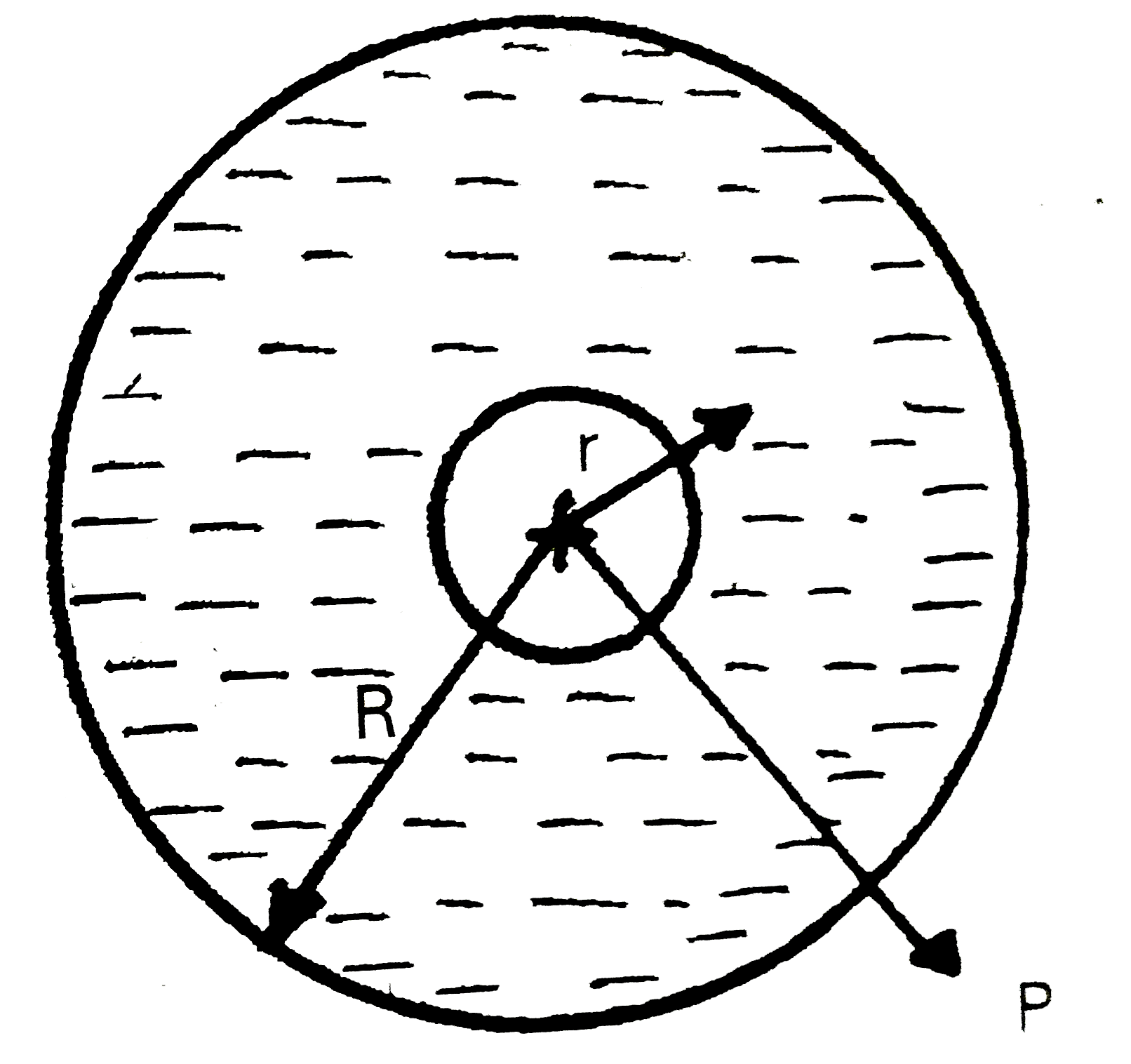 View Solution
View Solution



